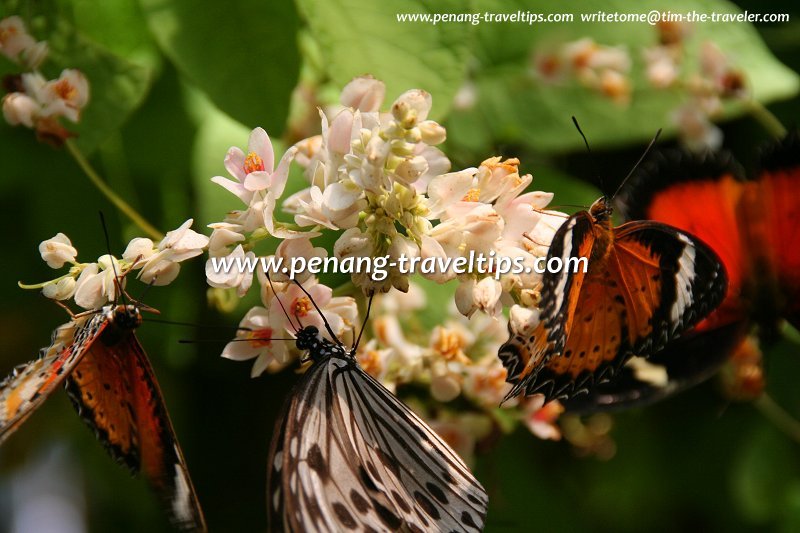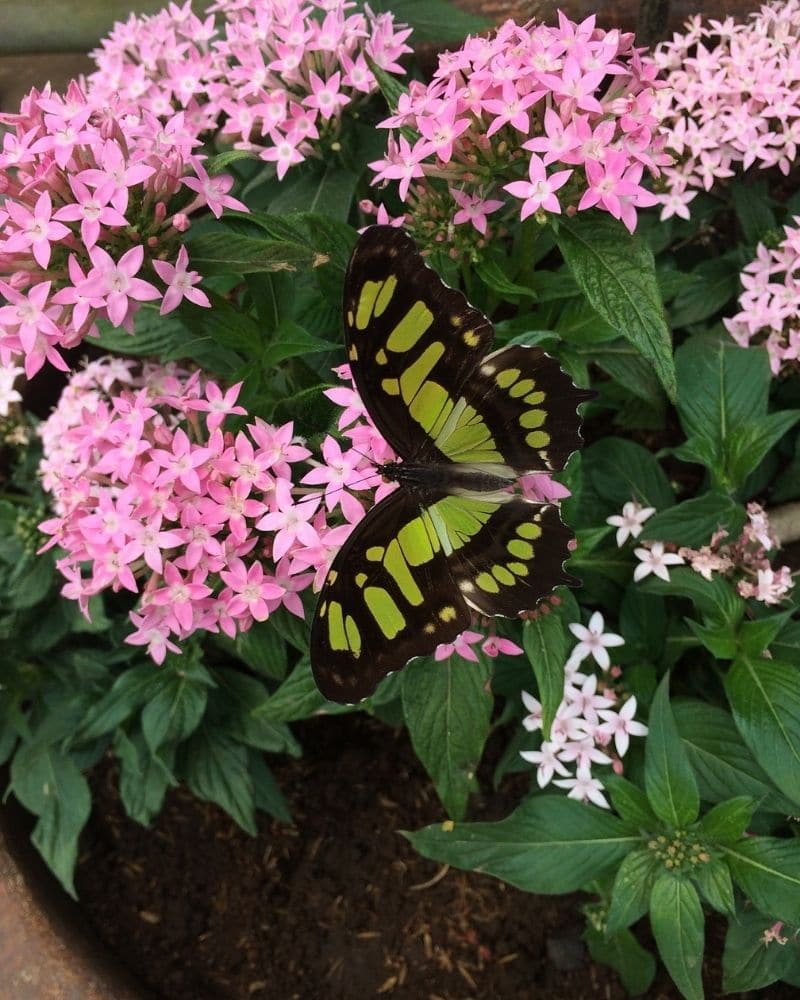Best Plant to Attract Butterflies: Discover the Top Choices for a Butterfly-Friendly Garden
Butterflies are not only beautiful creatures that add life and color to our gardens, but they also play a crucial role in pollination, helping to sustain ec……
Butterflies are not only beautiful creatures that add life and color to our gardens, but they also play a crucial role in pollination, helping to sustain ecosystems and promote biodiversity. If you're looking to create a haven for these delicate pollinators, knowing the best plant to attract butterflies is essential. In this article, we will explore various plants that are known to entice butterflies, providing you with the knowledge needed to cultivate a stunning butterfly garden.
### Understanding Butterfly Preferences
To attract butterflies to your garden, it’s important to understand what they are looking for in a habitat. Butterflies are drawn to plants that provide nectar, which is their primary food source. Additionally, they require specific host plants where they can lay their eggs. Different species of butterflies have different preferences, so incorporating a variety of plants will ensure you attract a diverse range of butterflies.
### Top Choices for the Best Plant to Attract Butterflies
1. **Milkweed (Asclepias spp.)**
Milkweed is perhaps the most well-known best plant to attract butterflies, especially the iconic Monarch butterfly. This perennial plant produces clusters of fragrant flowers that are rich in nectar, making it a magnet for various butterfly species. Moreover, milkweed serves as a host plant for Monarch caterpillars, providing a safe place for them to feed and grow.
2. **Butterfly Bush (Buddleja spp.)**

As its name suggests, the Butterfly Bush is a fantastic choice for attracting butterflies. This hardy shrub produces long spikes of tiny flowers that bloom in a range of colors, including purple, pink, and white. The flowers are highly fragrant and provide ample nectar for butterflies. However, it's important to note that some species of butterfly bush can be invasive, so choose non-invasive varieties or consider planting them in contained areas.
3. **Coneflower (Echinacea spp.)**
Coneflowers are vibrant, daisy-like flowers that bloom throughout the summer and into the fall. They are drought-tolerant and easy to grow, making them a great addition to any garden. The large, prominent flower heads attract a variety of butterflies and other pollinators, while the seeds provide food for birds in the winter.
4. **Lantana (Lantana camara)**
Lantana is a tropical plant that thrives in warm climates and is known for its clusters of tiny, colorful flowers. It attracts butterflies with its abundant nectar and is particularly appealing to species like the Gulf Fritillary and the Zebra Longwing. Lantana is also a hardy plant that can withstand drought, making it a low-maintenance option for your butterfly garden.
5. **Asters (Aster spp.)**

Asters bloom in the late summer and fall, providing a crucial food source for butterflies as they prepare for migration. These perennial plants come in various colors, including purple, blue, and white, and attract a wide range of butterfly species. Planting asters will extend the blooming season in your garden and ensure that butterflies have food available well into the autumn.
### Creating a Butterfly-Friendly Environment
While selecting the best plant to attract butterflies is vital, creating a welcoming environment is equally important. Here are some tips to enhance your butterfly garden:
- **Diverse Plant Selection**: Include a variety of nectar-rich flowers, host plants, and shrubs to attract different butterfly species. This diversity will help sustain butterflies throughout their life cycle.
- **Sunlight and Shelter**: Butterflies love sunny spots to bask and warm themselves. Ensure your garden has plenty of sun and also provide sheltered areas where butterflies can hide from predators and harsh weather.
- **Water Sources**: Butterflies need water, but they prefer shallow sources. Create a small puddling area with damp soil or shallow dishes filled with water and pebbles to provide hydration.

- **Avoid Pesticides**: Chemicals can be harmful to butterflies and other beneficial insects. Opt for organic gardening practices and natural pest control methods to keep your butterfly garden thriving.
- **Native Plants**: Whenever possible, choose native plants as they are better adapted to your local climate and soil conditions, and they support local butterfly populations more effectively.
By incorporating these plants and practices into your garden, you will not only attract butterflies but also create a vibrant ecosystem that supports a variety of wildlife. Embrace the beauty of nature and enjoy the enchanting presence of butterflies fluttering around your garden, all while contributing to the health of the environment. Start your journey today by planting the best plant to attract butterflies and watch as your garden transforms into a butterfly sanctuary.